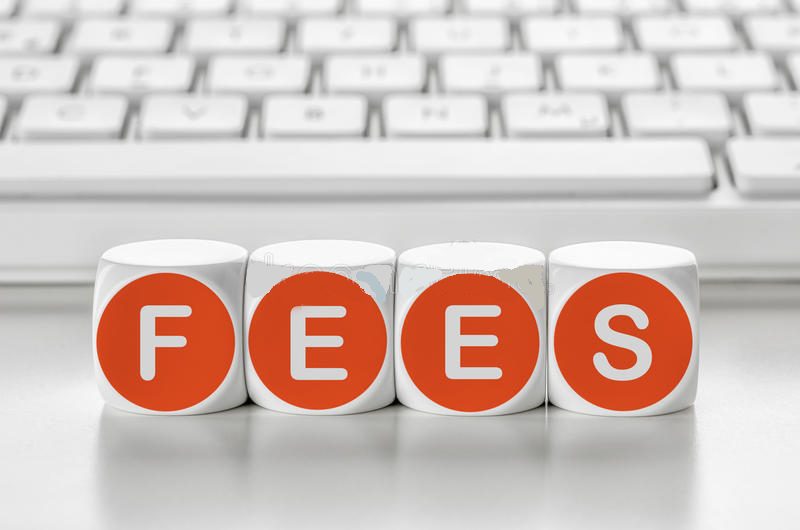What is the shipping chargeback fee on Amazon?

Some sellers tend to confuse shipping charge with “shipping chargeback” fee and believe they are more or less the same. This isn’t quite true:
When you sell on Amazon Prime, they charge a shipping fee from each one of your customers. Naturally, the invoice amount on each order would be the sum of:
- The product’s price;
- Shipping charges, and;
- Shipping tax
Now, when Amazon sends you customer payments, they should be the same as the invoice amount, but since Amazon is taking care of the shipping, they recover it under “Shipping chargeback”.
Is shipping chargeback the same as ‘returned item chargeback’ fee?
No – there are distinct differences between the two;
Shipping chargeback fee
Shipping chargeback will only appear on your transactions when Amazon is taking care of the shipping. When one of your customers pays Amazon for shipping, the latter will indicate it as ‘income’ on your transactions. But here’s where the confusion may arise: since you’re not the one responsible for the actual shipping, Amazon indicates a shipping chargeback on the very same transaction – meaning, that they take back the shipping income they gave you – so, whatever your customers pay you for shipping, Amazon “charges it back” because they are doing the actual shipping.
Returned item chargeback fee
A returned item chargeback is simply a fee for a check your customer sent which was “bad” or has been rejected. Essentially, it’s a fee levied by the bank to your customer who deposited the bad check. This fee is also referred to as a “return item chargeback” and “deposited item returned” fee.
However, this has caused sellers a little bit of confusion since the term “chargeback” here is somewhat misleading – because return item chargebacks have got nothing to do with Amazon’s actual chargeback process. To make matters more confusing, there’s no universal term for this kind of fee, even though most banks charge them. Based on what we know at the moment, here are some of the terms different banks are currently using to describe the fee:
- Return item chargeback fee (likely the most common one)
- Returned check fee
- Deposited item returned fee
- Rejected check fee
- Chargeback check fee
Is there any way to reduce chargebacks?
Choose a good payment processor
It’s always good to use a payment processer who offers fraud detection and seller protection as standard with their services. In addition, train your staff to follow their protocols verbatim.
Your processor should also offer advanced features like covering chargeback losses up to a certain degree and managing disputes via your payment platform.
Make some operational changes
The Vendor Operational Performance dashboard will indicate all the chargebacks currently outstanding. Some may affect you, some might not, but the ones that do affect you – you may be able to take internal steps to deal with them. You may even need a helping hand to deal with shipping or logistical obstacles.
In any case, never hesitate to contact a reputable Amazon ad and marketing agency who can provide you with the support and insight you need to deal with all kinds of chargeback issues.




